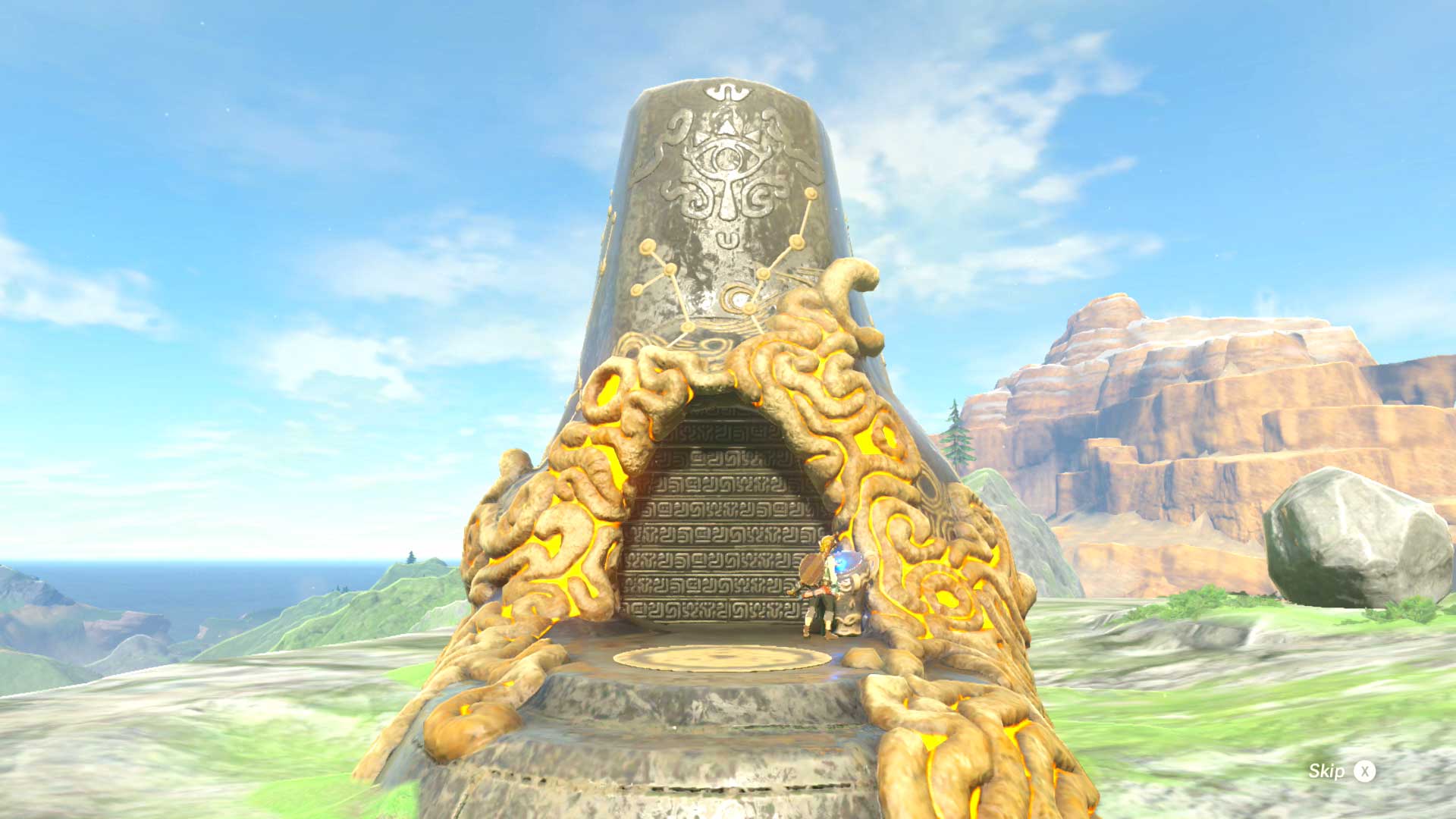Breath of the Wild’s Developers Reveal the Inspiration Behind the Divine Beasts
Posted on December 23 2017 by Jarrod Raine

As opposed to the traditional dungeons from previous Zelda titles, The Legend of Zelda: Breath of the Wild has much shorter shrines as well as the Divine Beasts. In a recent interview with Nintendo Power, host Chris Slate asked game director Hidemaro Fujibayashi and series producer Eiji Aonuma:
Slate: Now, closing out this theme of things that changed in Breath of the Wildcompared to previous Zelda games, I’d like to ask how you arrived at the combination of Shrines and Divine Beasts. Obviously in past Zelda games, players might be more familiar with what you would consider more traditional dungeons or labyrinth-type areas in the games. You still get a lot of the same puzzle elements in Shrines and Divine Beasts, but it was quite a different approach, and I wondered how that came about.
Fujibayashi: In the past Zelda games, one dungeon was very, very long. And because this game had a very wide field to explore, one of the themes that we had was finding things. So, we were thinking about what the ratio is for finding Shrines while players wander around the field. And when we calculated that, we ended up with 100 or more Shrines. As for size, we thought about perhaps making long or big dungeons, but then players would dedicate their time too long in the dungeons. So, we thought perhaps one Shrine with probably ten minutes worth of gameplay would be a good amount. And when we considered that each Shrine would take around ten minutes, we thought that maybe for a Zelda title, it wasn’t enough, it wasn’t meeting that dungeon feel for the game. So we thought maybe for this game, we could incorporate a big dungeon, and perhaps one that moves or one that incorporates a gravity system. And so we considered a big dungeon, and that’s how we thought about the Divine Beasts. Initially when we were thinking about the Divine Beasts, we thought about something that could be seen from afar, maybe like a humanoid form. But then, because these Champions were controlling Divine Beasts, we thought that maybe it would be interesting if the Divine Beasts themselves were a dungeon. So then, that met the requirement of a moving dungeon and also something that could be seen from afar. That’s how we came up with the idea of the Divine Beasts.
Aonuma: One thing to add about that Shrines is that obviously when you discover a Shrine, that then becomes a warp point for you. It’s a place you can warp back to, which is obviously very important when you have this huge game world, to have areas you’re able to warp to. And the reason we put that in is because if you discover a Shrine but you’re not able to finish, and you think, “Oh, I’m just gonna have to walk all the way back here at some point,” that’s kind of a disappointment to players. So we decided, “Okay well, we gotta have them be warp points. You gotta be able to warp there.” The way we came about decisions like that was we didn’t just have all of this down on paper and then make the game based entirely on the design we had at the beginning. We would put things in the game, and we would actually walk around the game world and try it out, and then realize, as with this, “We gotta have that as a warp point, or else people would just be annoyed.” So, that was really the spirit in which this game was made, us actually playing it and realizing, “Oh, this needs to be in there too.”
But what do you guys think? Were the shrines and Divine Beasts a nice change of pace or did you prefer the tradition dungeons of previous Zelda titles? Let us know in the comments below!



